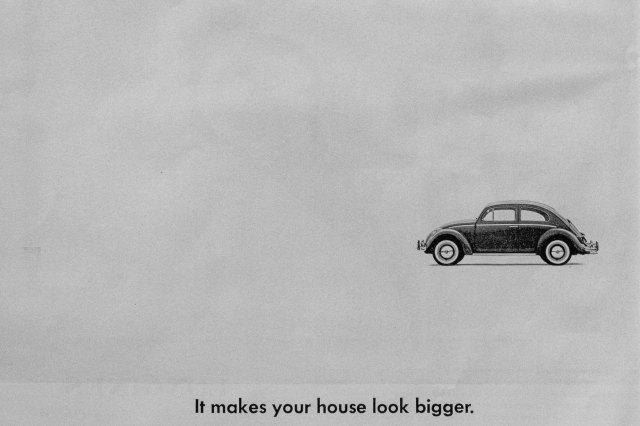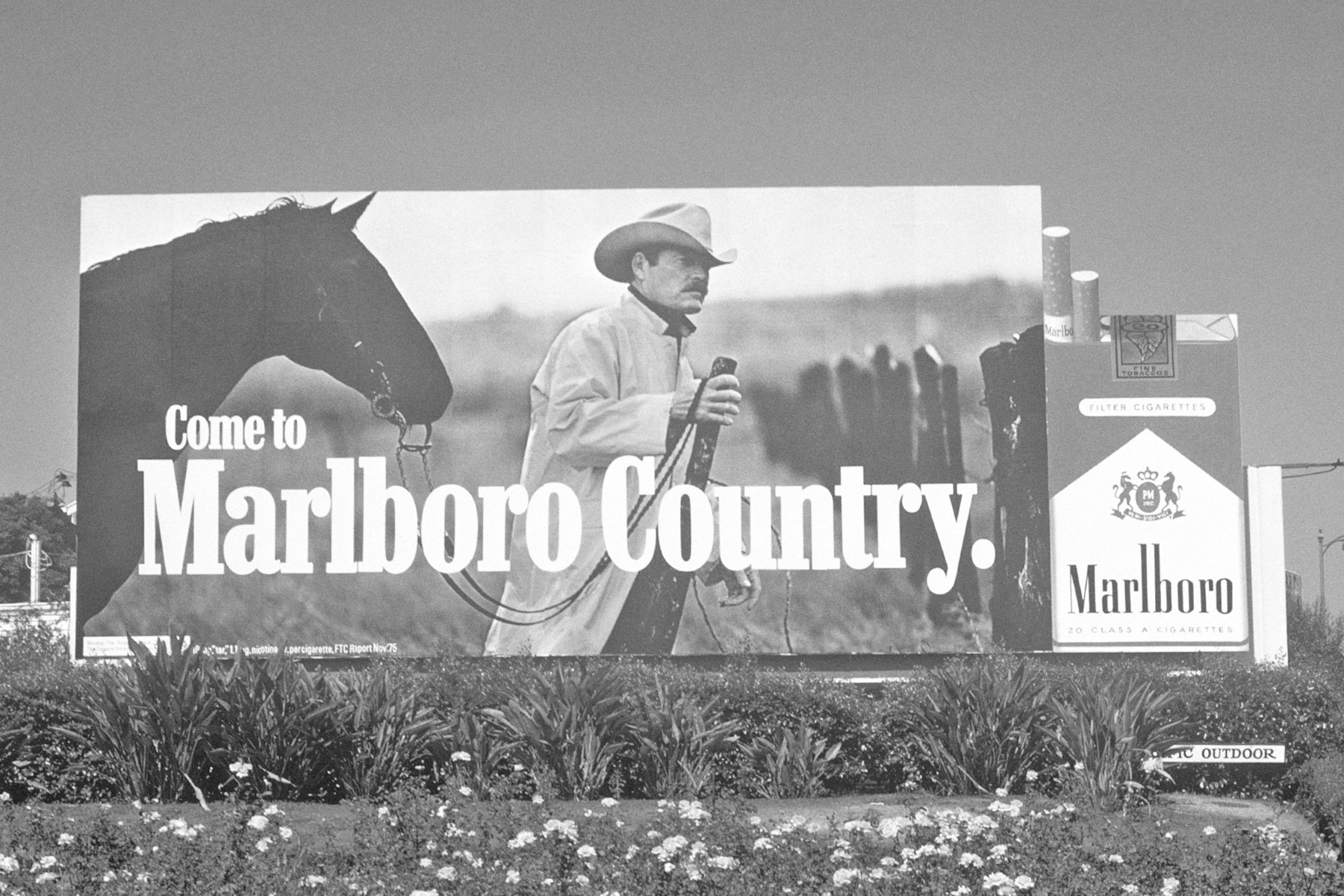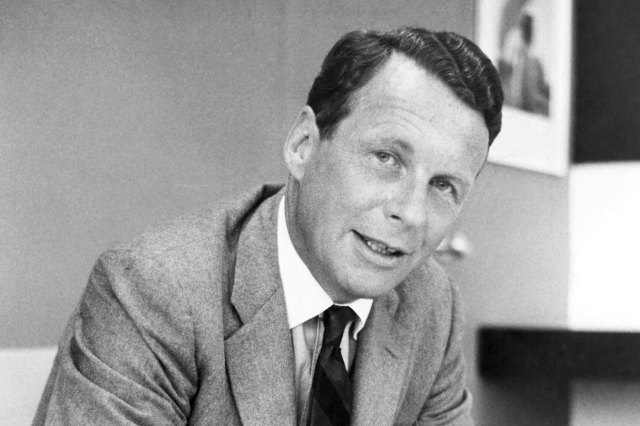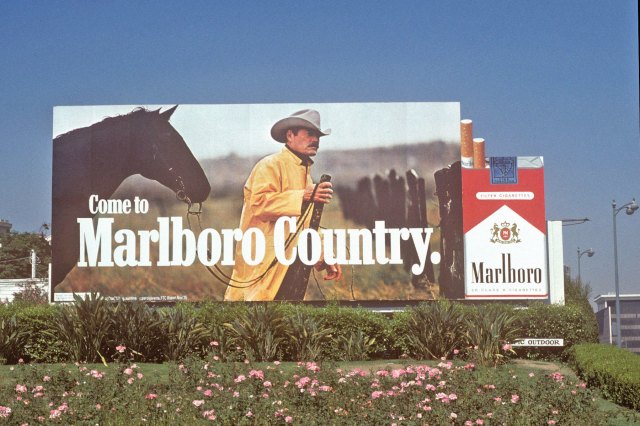5 Facts About the Golden Age of Advertising
The 1960s and ’70s are considered a golden age in advertising, though the industry’s creative revolution arguably started in the 1950s, thanks in part to the rise of television unlocking new forms of storytelling. It was an era of bold ideas, increasingly large budgets, and even bigger personalities — a time when advertising was seen as a glamorous, if maybe unethical, profession populated by well-dressed men and women (but mostly men) profiting from the postwar consumer culture.
At the time, many of the nation’s largest ad agencies were located on Madison Avenue in Manhattan, and the street came to be synonymous with American advertising and its unique methodology. Safire’s Political Dictionary, published in 1978, referred to “Madison Avenue techniques” as the “gimmicky, slick use of the communications media to play on emotions.” More recently, the culture surrounding this advertising boom has been portrayed in 2007’s acclaimed AMC series “Mad Men,” centered on the charismatic creative director Don Draper (played by Jon Hamm). Here are five fascinating facts about the golden age of advertising, and the real-life ad men and women of Madison Avenue.

A “Small” Ad Changed the Way Americans Looked at Cars
In the 1960s, advertising underwent a transformation that became known as the Creative Revolution, shifting the industry’s focus from research and science to an approach that was creative and emotionally driven. For better or worse, this era of advertising owes a lot to the Volkswagen Beetle, and the visionary ad man Bill Bernbach. In 1959, at a time when Americans were buying cars out of Detroit and vehicles were getting bigger and flashier, Bernbach’s agency, Doyle Dane Bernbach (DDB), was contracted to promote the German-made Volkswagen Beetle in the United States. The problem was, Volkswagen’s strong link to Nazi Germany made it a tough sell in the U.S. The challenge called for an unconventional approach. Rather than attempting to duplicate the busy, colorful advertising style of American-made cars, the creative team behind Volkswagen’s campaign went in the opposite direction. The first ad, “Think Small,” featured a small black-and-white image of a Volkswagen Beetle against a backdrop of white space. The now-iconic ad encouraged consumers to look at the car in a new light, from being able to “squeeze into a small parking spot” to having small insurance payments and small repair bills.




















